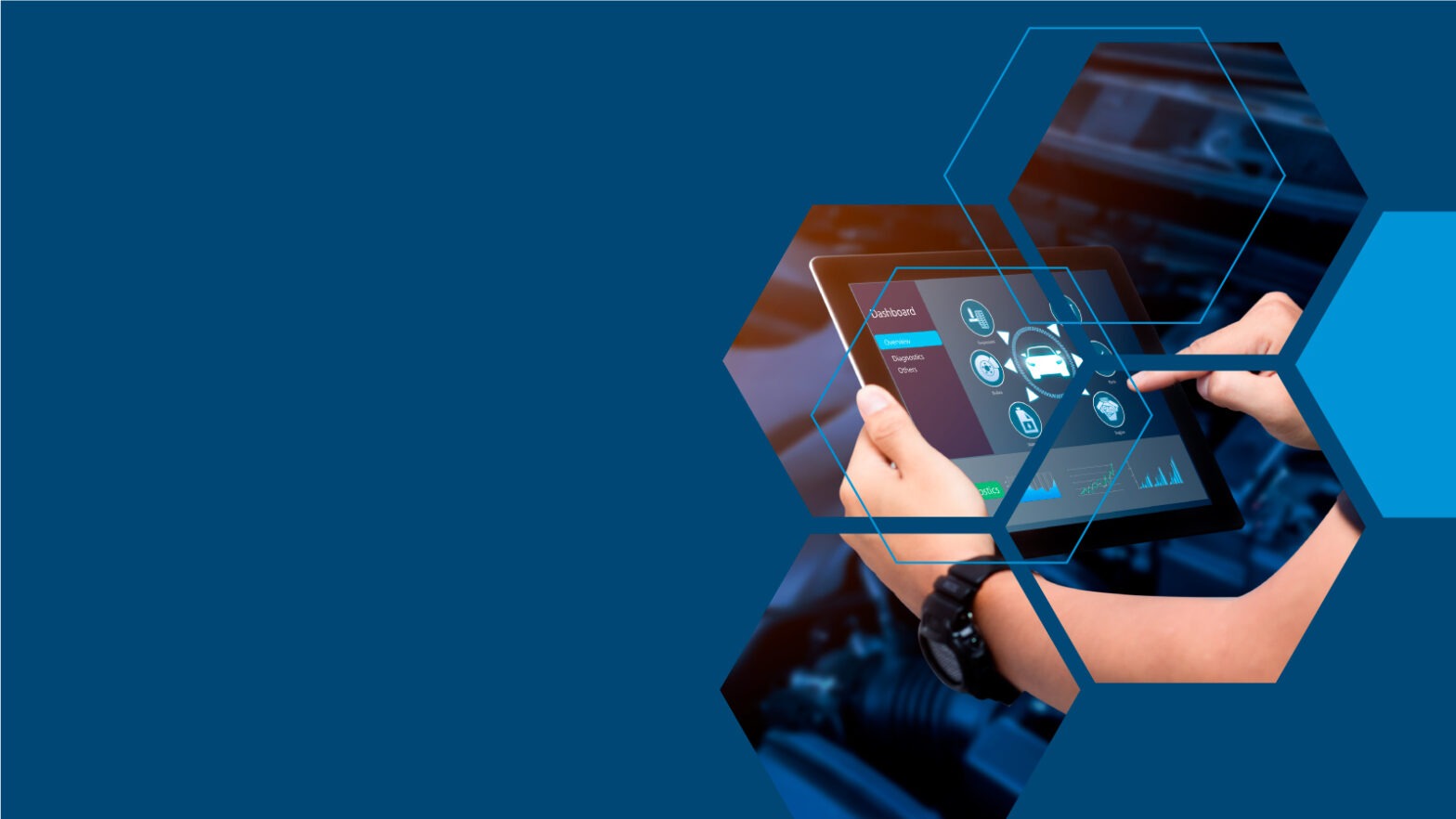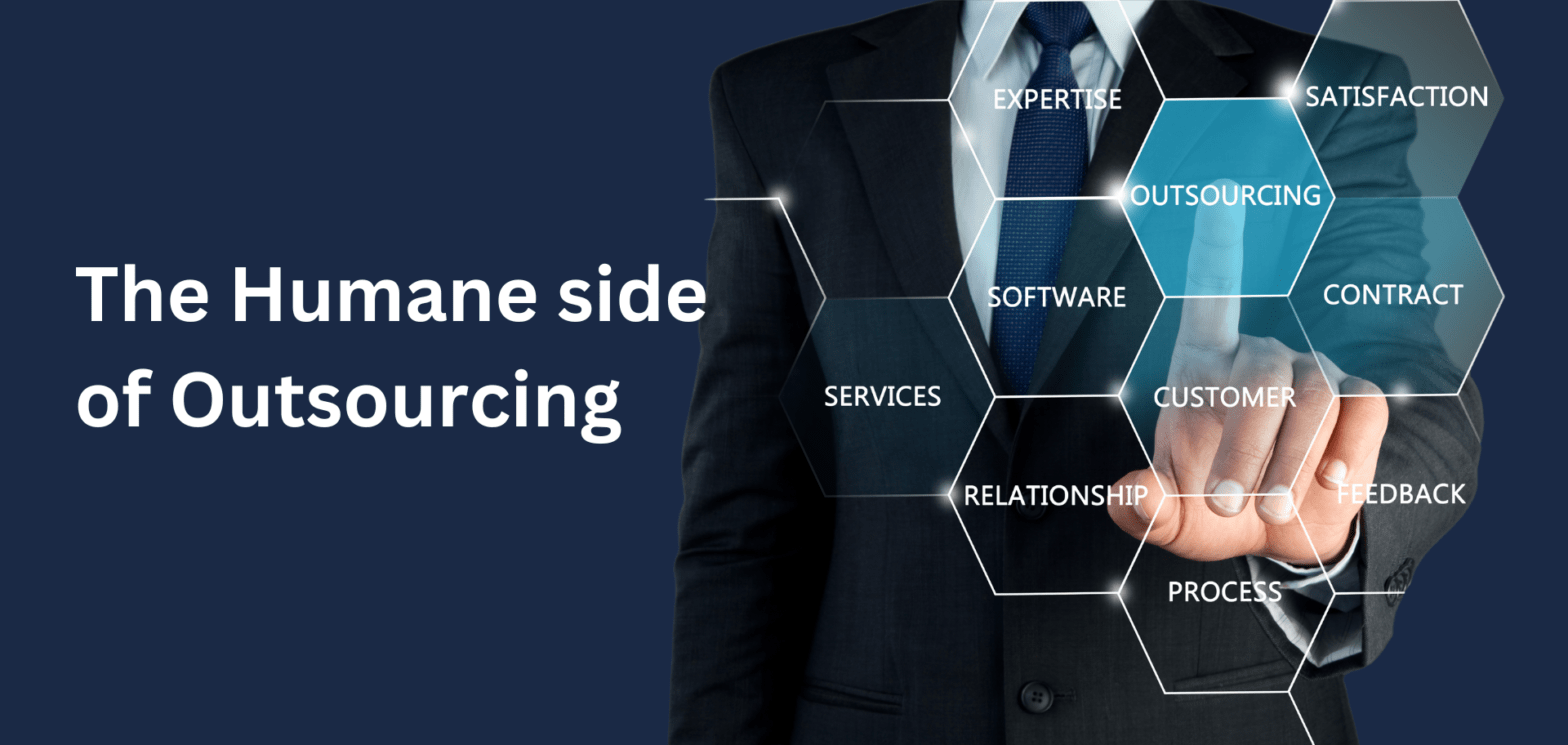
Software Project Pricing Model : Fixed Cost Vs Time And Material
Every problem has a unique solution in the software development world. Sometimes existing solutions can work for you but sometimes they don’t. Sometimes these solutions might not be the most compatible with your tech stack or aren’t the most user-friendly. So you decide to outsource it. Now comes the difficult segment. Which software project pricing model to choose? These increasing prices of software development can leave you scratching your head when finding the right pricing model. Outsourcing isn’t as straightforward as it was before. This pricing model must fit into your operating procedure, contracted requirements, and goals along with the expenses of the vendor. Here, you will choose the development model and the next step is choosing a pricing model that is compatible with your requirements. Fixed cost and time and material are the two most commonly used types of pricing models. Each has a different set of pros and cons which should be considered before choosing a pricing model. This will be an article comparing the two most popular pricing models and will state the pros and cons of each.
Fixed Cost or Fixed Price Model
This pricing model is quite straightforward. You pay a lump sum to the service provider, and in return, they complete the project for the agreed-upon amount. The fixed cost model is a straightforward pricing strategy where clients pay a pre-agreed lump sum to the service provider, who, in turn, commits to completing the entire project within that specified amount.
An analogy to consider is ordering a birthday cake. Once both parties agree on the flavor and type of cake, changes might incur extra costs, similar to adjusting features in your project.
Advantages:
- Requires less client involvement in intricate project details.
- Offers high control over budgeting, ensuring financial predictability.
- Promises better-timed project delivery.
Disadvantages:
- Presents limited flexibility in accommodating change requests.
- Introduces the potential for estimate and resource risks.
When to opt for the Fixed cost model:
This model is beneficial for short-term projects characterized by clear visions, expectations, and highly predictable requirements, specifications, and rates. Nevertheless, if you’re operating with a limited and fixed budget, have a small and well-defined project scope, and clear requirements and deadlines, this model is an excellent option. It serves as an effective choice for small projects and is commonly employed in developing cost-effective Minimum Viable Products (MVPs).
Time and Material Model
In the realm of project development, the Time and Material (T&M) model emerges as a dynamic and flexible pricing strategy. Unlike fixed cost models, where a predetermined sum is agreed upon, T&M projects operate on an hourly payment basis, allowing clients to pay developers for the materials and time invested in the project.
Advantages:
- Long-Term Project Suitability: Ideal for long-term projects where the scope may evolve over time, providing room for adjustments.
- Technological Flexibility: Offers the flexibility to change technologies and tech stacks according to evolving project requirements.
- Feature Selection: Enables the selection of features that deliver tangible value to end-users, fostering adaptability in project development.
Disadvantages:
- Potential budget risks and scope creep risks.
- Adverse vendor incentive for prolonged projects to increase billable hours.
When to opt for the Time and Material model:
In essence, the Time and Material pricing model serves those embarking on projects with dynamic requirements and evolving scopes. It provides a strategic approach for clients seeking adaptability, transparency, and active involvement throughout the development journey. This model is particularly advantageous for those navigating long-term projects, where constant adjustments and fine-tuning are essential.
Conclusion:
Hence at Assystant, we analyze your business model and agree on a pricing model after consulting with you. We suggest the one that is specific to your project, cost-effective, and will provide you with value.
Contact us
Lorem ipsum dolor sit amet consectetur. Sed nulla habitant integer facilisi. Netus diam diam hac amet etiam. Vitae fringilla congue lorem enim. Odio turpis feugiat quis aenean pharetra neque pharetra blandit. Molestie senectus convallis risus curabitur amet ac erat molestie vitae.
EMAIL US
-
info@assystant.com
OFFICE
-
1234 Divi St. #1000,
San Francisco, CA 93152
CALL US
-
(234) 346 2351
EMERGENCY
-
(234) 346 2351




